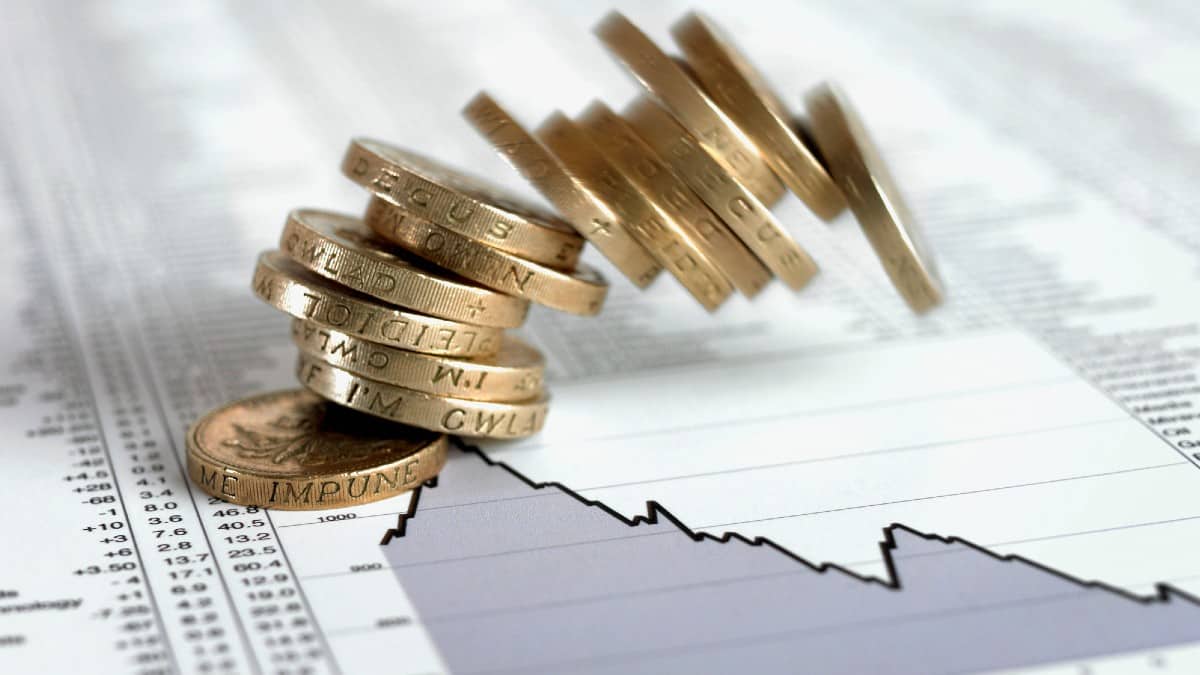For me, generating passive income at the moment is an important goal. With the financial uncertainty due to the global pandemic, earning some extra funds helps to provide a buffer. Also, with interest rates at just 0.1%, I need to try and make my money work for me. After I take into account the impact of inflation, excess funds I hold in cash could actually be giving me a negative return. As a result, if I had an excess £1,000 sitting around, my investing strategy could be to buy into UK dividend shares.
UK dividend shares I’m looking out for
The easiest way for me to find an appropriate UK dividend share is to look at the dividend yields within the FTSE 100 and FTSE 250. It’s important to remember that higher dividend yield often comes with higher risk associated with the dividend.
For example, over the course of 2018 and 2019, the dividend yield of Evraz was rising to exceptionally high levels of around 15%. This was at a time when the FTSE 100 average yield was around 4-5%. This sounded warning bells to me, and I stayed away from buying in. At the end of 2019, the dividend per share was cut. During 2019, the share price also fell over 15%.
This goes to show that when looking for UK dividend shares that are sustainable for the long-term, I need to do my research and have realistic expectations. If I look at established FTSE 100 names, I can find potentially good opportunities still. GlaxoSmithKline, Vodafone and National Grid all offer a dividend yield at the moment of over 5%.
A final point on the yields of these shares is that it’s a backward looking figure. The dividend yield is usually calculated by taking the last dividends that have been paid. So I need to be aware that I could buy into a stock only for the next dividend to be cut. In this case, my overall yield would be reduced.
Generating income from my £1,000
So what are some realistic income targets for my £1,000? Well if I invested into the 3 stocks mentioned above, I could get an average yield of 5.97%. If I assume that dividend continues to be paid out this year, it’ll give me just under £60 of income. If I don’t need that money straight away, I can reinvest that £60 back into UK dividend shares. Then in the second year, my investment pot will have grown to £1,060. So in that year, although it is in no way guaranteed, if I were to assume the same dividend continues to be paid out, I’ll make £63 of income.
This concept is known as compounding, and can really help me in the long-run. Reinvesting the dividend income allows me to generate more income in the subsequent year. If I fast-forward ten years and the yield remains constant, this pot would be at a value of £1,785, generating £106 in the last year.
This figure also doesn’t take into account any additional investments I buy. To further benefit from compounding, I could start to regularly drip feed an extra £250 a month into other UK dividend shares. One risk here is that I don’t want to invest too much, and be short on cash. If I have to sell any stocks early for liquidity, I could lose money. I could have a capital loss from negative share price movements, offsetting the dividend income I received. Careful planning should help me to avoid this.








